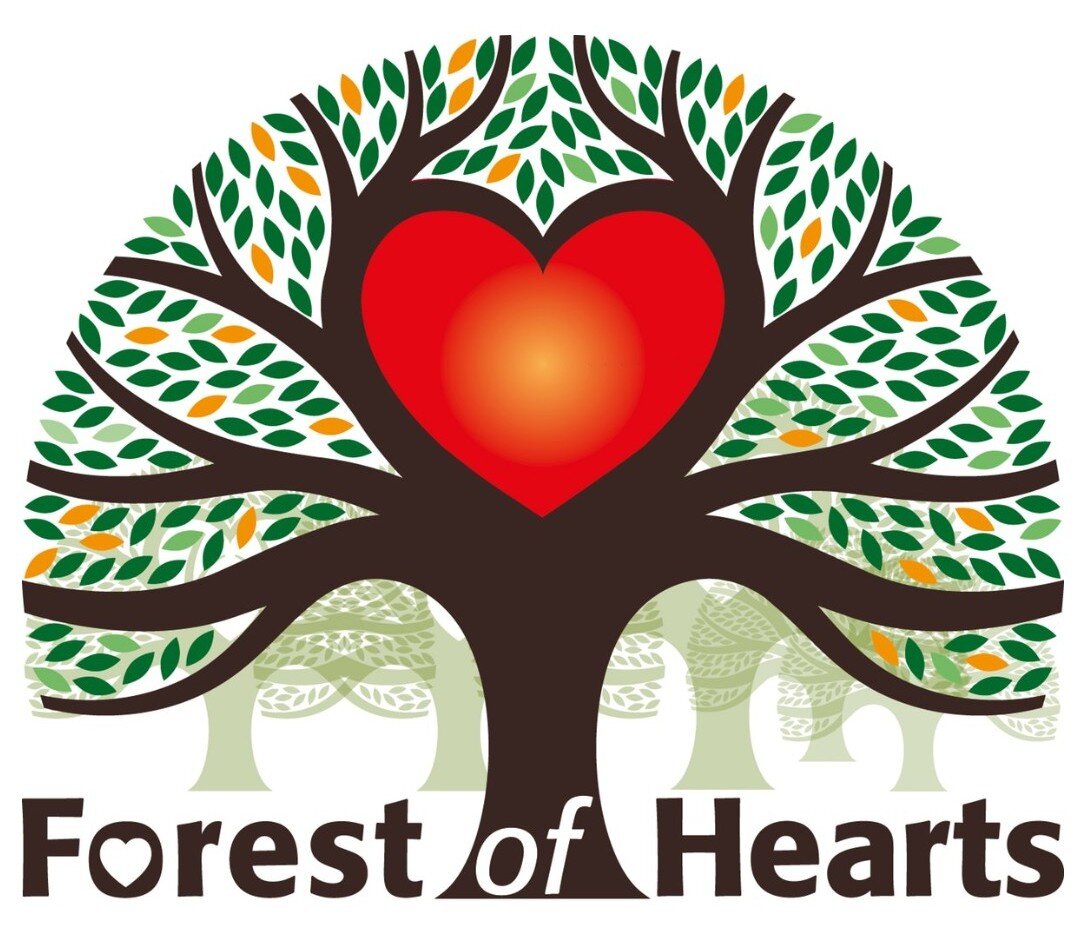Autism, Volunteering and Talking Therapy
My journey by Peter Shum.
You might say I’m one of those people who are normally quite content with their own company. I like to spend a lot of time alone with my own thoughts, doing my own research, writing papers, and reading about philosophy and psychoanalysis. I have found that living alone and working from home suit me rather well. This is connected with my autism.
Autistic people tend to find social gatherings and interactions rather demanding, even exhausting. This is why we are usually inclined to retreat back into our shells at the earliest opportunity. Nonetheless, if too many days slip by without having some kind of human contact, I do still feel the need to get out and meet other people face to face. This was why I decided to try my hand at volunteering.
There is a very good website at Warwickshire Community and Voluntary Action (WCAVA) where you can search for organisations in your area who are looking for volunteers. I was looking for something that would give me a bit of fresh air and physical exercise, so when Forest of Hearts came up as an option, I thought I would give it a try.
In my case, then, I wasn’t referred to green therapy by a mental health or general practitioner, although it is worth noting that NHS practitioners do sometimes refer patients to green therapy. Somewhere along the line I must have picked up for myself that a connection to nature can be beneficial to one’s mental health. This must have been in the back of my mind when I decided to look for volunteering opportunities.
I remember that the other thing that was motivating me was a hope of developing a better support network for myself. It is safe to assume that if you can spend time enjoying nature, on the one hand, and come across some friends who can be reliably supportive, on the other, then you will probably be in a better place psychologically, which is not to say that it is always straightforward to be able to do these things.
As it happens, I have benefitted from psychological therapies in the past, such as cognitive behavioural therapy, from what used to be called Improving Access to Psychological Therapy (IAPT) which has now been renamed NHS Talking Therapies.
I remember enquiring of IAPT many years ago whether they offered psychodynamic psychotherapy and was told at the time by them that they didn’t. I am pleased to see from the NHS website that things have changed in this respect, and that something similar to this, in the form of Dynamic Interpersonal Therapy (DIT), may now be offered on the NHS to people who have difficulties in relationships. This is just one of an expanded set of services now available from Coventry and Warwickshire Partnership NHS Trust, including Working with a Psychological Wellbeing Practitioner, Cognitive Behavioural Therapy (CBT), Counselling, Couples Therapy, Dynamic Interpersonal Therapy (DIT), and Eye Movement Desensitization and Reprocessing (EMDR). Quite a range of services!
Interestingly, if volunteers and users of green therapy wish to explore the question of mental health in greater depth, Forest of Hearts is able to refer them to NHS Talking Therapies. So it seems we have reached a point where talking therapies can refer to green therapy, and green therapy can refer to talking therapies. It’s great to see this kind of cooperation developing between the NHS and alternative treatments.

